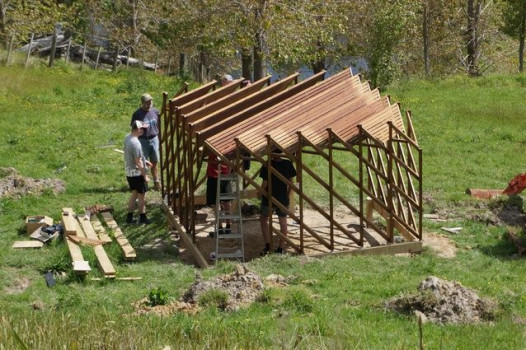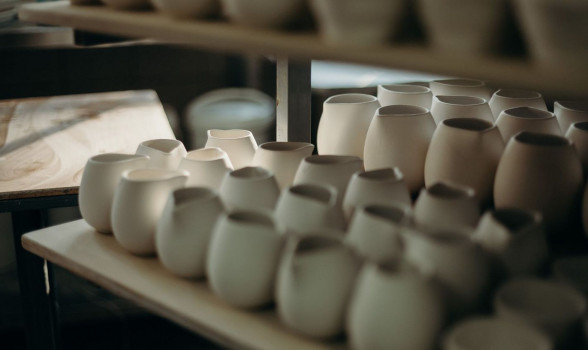Laminate Flooring vs Timber Flooring: Deciphering the Distinctions



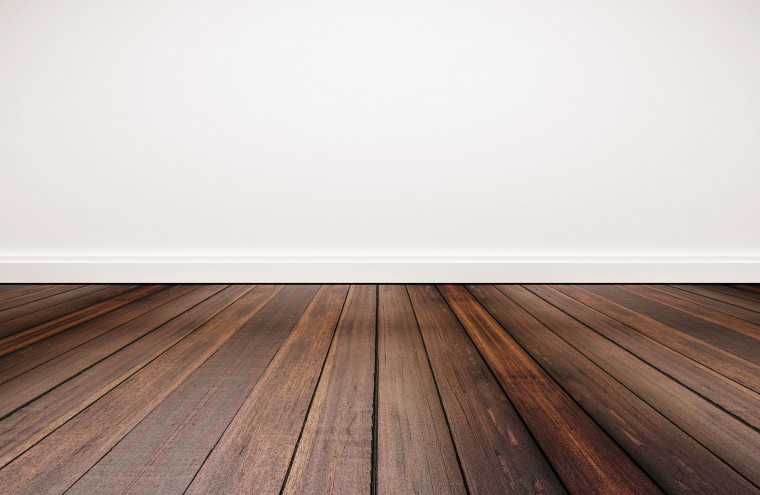
On the other hand, laminate flooring, with its engineered durability and diverse design options, can be an architect's ally when balancing budget constraints with achieving a specific visual outcome. Architects often consider factors like client preferences, maintenance needs, and the intended use of the space when advising on the selection of flooring materials, ensuring that the chosen option harmonises with the overall design vision while meeting functional demands.
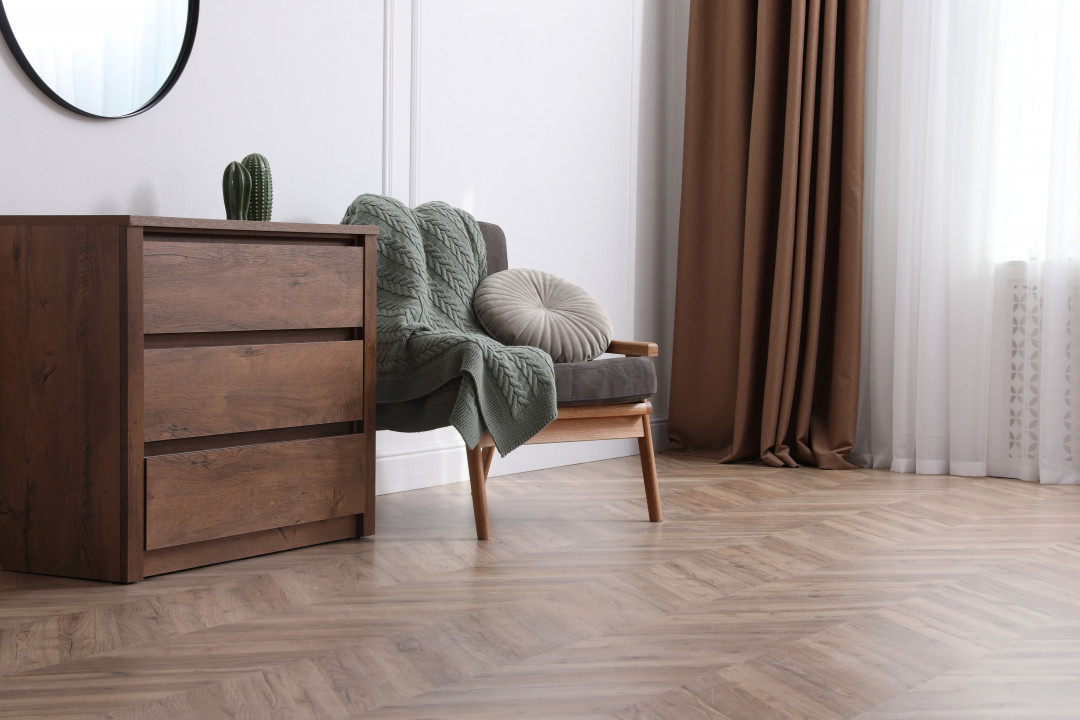
Composition and Materials
Timber flooring, as the name suggests, is crafted from natural wood. It exudes an authentic, timeless charm due to its organic origins. This flooring type comes in various wood species, such as oak, maple, cherry, and walnut, offering distinct colours, grain patterns, and textures.
In contrast, laminate flooring is a synthetic product engineered to resemble real wood. It typically consists of multiple layers: a high-density fibreboard (HDF) base topped with a high-resolution image of wood grain and a protective transparent layer. This layered construction lends durability and resilience to the laminate.
Appearance and Aesthetics
Timber flooring boasts a unique and warm appeal derived from its natural wood composition. Its authenticity and richness in texture and colour contribute to its classic and elegant look. Over time, timber flooring may develop a patina, enhancing its character and adding to its allure.
Laminate flooring, while designed to mimic the appearance of wood, often lacks the authenticity of natural timber. However, advancements in technology have made laminate remarkably close to the real thing. It offers a wide range of patterns and colours, catering to diverse design preferences.
Durability and Maintenance
Timber flooring, when well-maintained, can last for decades and even centuries. It can be sanded and refinished multiple times, allowing for renewal and repair of surface imperfections. However, it requires regular maintenance, such as sweeping and occasional resealing, to preserve its appearance and longevity.
Laminate flooring, with its scratch-resistant and moisture-repellent surface, tends to be more durable in high-traffic areas compared to timber. It's relatively low-maintenance, requiring simple cleaning methods like regular sweeping and occasional damp mopping. However, unlike timber, laminate can't be refinished, and once damaged, the entire affected plank may need replacement.
Cost Considerations
Timber flooring often comes with a higher upfront cost due to the natural quality of the material. Factors like wood species, thickness, and finish contribute to the pricing. However, its longevity and timeless appeal can add significant value to a property.
Laminate flooring tends to be more budget-friendly initially. Its synthetic nature makes it more affordable than natural timber. While it may not have the same resale value as genuine wood, it offers a cost-effective alternative that replicates the appearance of hardwood.
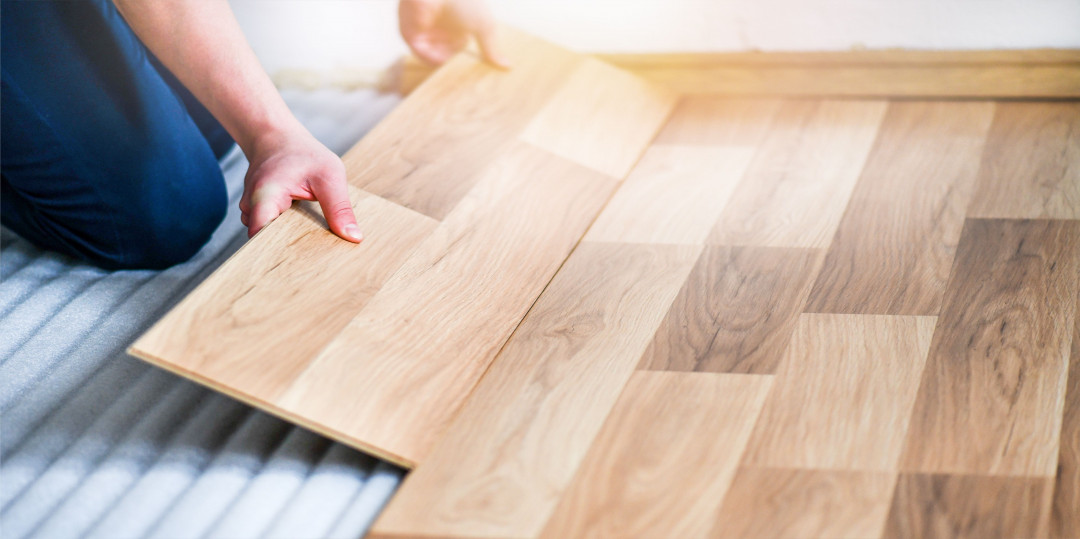
Installation Ease
When it comes to choosing between laminate and timber flooring, the installation process plays a pivotal role in the decision-making journey. Each flooring type presents distinct characteristics in terms of installation, impacting factors such as time, ease, and cost.
Laminate Flooring Installation:
Laminate flooring takes the lead in terms of installation efficiency and ease.
- Floating Installation: Laminate flooring is commonly installed using a floating method. The planks interlock, creating a "floating" floor that isn't directly affixed to the subfloor. This method is known for its simplicity and speed.
- DIY-Friendly: The interlocking design makes laminate flooring installation accessible to DIY enthusiasts.
- No Glue or Nails: Unlike timber flooring, laminate typically doesn't require adhesives or nails during installation. This not only accelerates the process but also minimises mess and cleanup.
- Quick Turnaround: Laminate flooring installations often have a quicker turnaround, making it an appealing choice for those looking to revamp their space efficiently.
Timber Flooring Installation:
Timber flooring installation is a meticulous process, but the results are often worth the effort.
- Nail-Down or Glue-Down Installation: Traditional timber flooring is commonly installed using a nail-down or glue-down method. While these methods provide a secure and permanent installation, they are more time-consuming.
- Professional Installation: Due to the precision required, many homeowners opt for professional installers when choosing timber flooring. The expertise ensures a flawless finish but comes with added installation costs.
- Acclimatisation Period: Timber planks often need to acclimate to the environment before installation. This acclimatisation period can extend the overall timeline but is crucial to prevent issues like warping or buckling.
- Potential for Subfloor Preparation: Timber flooring may require a more levelled subfloor. Depending on the existing conditions, additional steps such as subfloor preparation may be necessary, adding to the overall installation time.
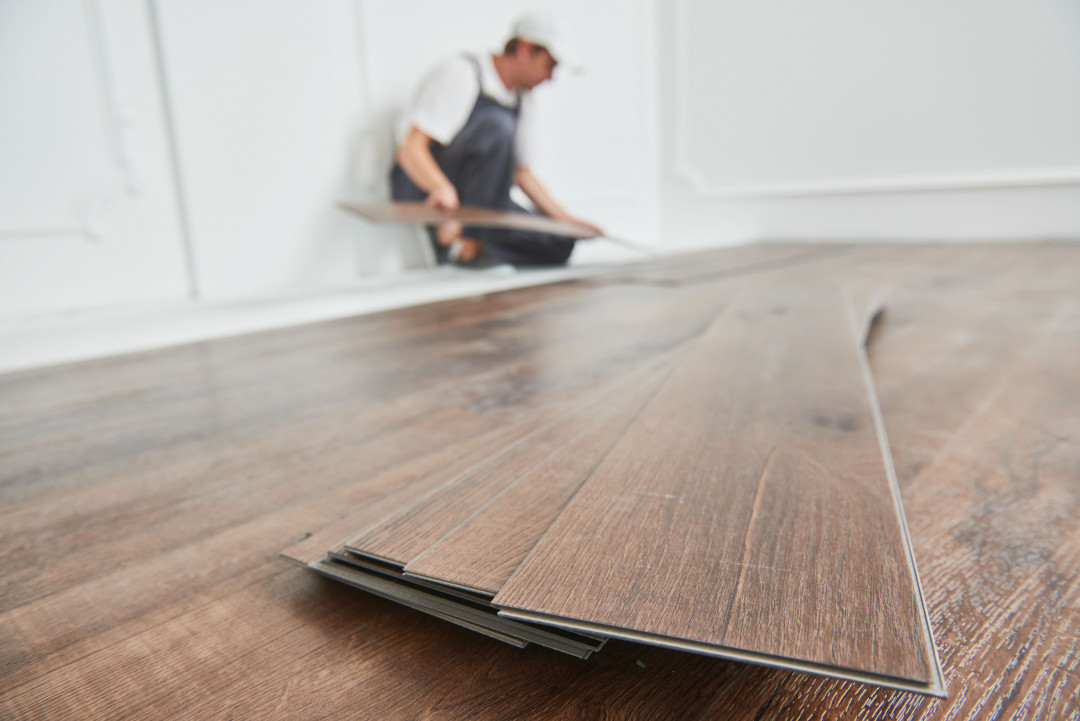
Environmental Impact
Timber flooring, when sourced from sustainably managed forests or reclaimed wood, can be an environmentally friendly choice. Responsible forestry practices ensure the replenishment of trees, reducing the environmental impact.
Laminate flooring, while it may contain recycled materials, is predominantly synthetic and doesn’t biodegrade easily. However, some manufacturers are adopting eco-friendly production methods and using recycled content in their laminates.
Timber Flooring vs Laminate Flooring: Which Is Better?
Choosing between timber and laminate flooring ultimately depends on individual preferences, budget constraints, and lifestyle needs. While timber flooring boasts natural beauty, durability, and timeless charm, laminate flooring offers affordability, easy maintenance, and a variety of design options.
Consider factors like aesthetics, durability, maintenance requirements, installation and environmental impact to determine which flooring option aligns best with your vision of your project. Whether it's the authentic allure of timber or the practicality of laminate, both flooring types offer distinct advantages, ensuring a stylish and functional foundation for your project.




 Indonesia
Indonesia
 New Zealand
New Zealand
 Philippines
Philippines
 Hongkong
Hongkong
 Singapore
Singapore
 Malaysia
Malaysia



